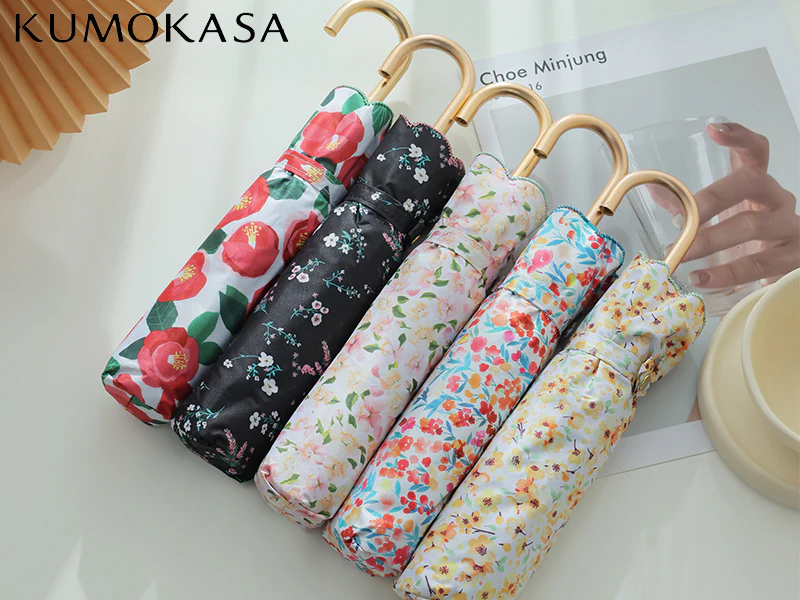Nowadays, personal development is all the rage, and knowing yourself is more important than ever. But where do you begin? Why not try the Personality Wheel? It’s a super helpful tool that can help unlock the mysteries of your inner self, guiding you toward a more fulfilling and balanced life.
In this blog post, we’re taking you on a fun ride through the Personality Wheel! Whether you’re a student eager to learn more about yourself, an employee wanting to shake up team dynamics, or just curious about personality models, this guide is for you.
Table of Contents
What is the Personality Wheel?
The Personality Wheel is a fun way to dive into the different sides of who we are. It’s all about helping you get a handle on your core traits and how they come together. You usually see categories like introversion vs. extroversion or thinking vs. feeling, showcasing different aspects of our personalities.
It’s more than just a self-reflection tool-think of it as a guide for personal growth and better relationships. By laying out all the bits that make up your personality, the wheel helps spot your strengths and areas to work on.
The Origins of the Personality Wheel
The Personality Wheel isn’t exactly a new idea. It’s more like a mix of various psychological theories and frameworks. Carl Jung’s theory on psychological types is a big influence, leading to popular personality tests like the Myers-Briggs Type Indicator (MBTI) and the Big Five traits.
Over the years, psychologists and personal development gurus have turned these theories into the super handy Personality Wheel we all use today. Now, it’s something anyone can access, whether you’re a corporate trainer or just looking to better yourself!
Why Use the Personality Wheel?
Ever wondered why you react differently to situations compared to your friends or colleagues? The Personality Wheel can provide answers. It offers insights into your inherent tendencies, helping you understand why you behave the way you do.
One way to identify your personality type and better understand yourself is by taking the DISC personality test. The DISC model, developed by psychologist William Moulton Marston, is based on four main traits – Dominance (D), Influence (I), Steadiness (S), and Conscientiousness (C). By answering a series of questions, the disc assessment can determine your primary and secondary traits, providing insight into how you behave in various situations.
The value of a DISC workshop lies not only in gaining awareness of individual personality traits but also in fostering teamwork and enhancing workplace dynamics. A disc workshop gets participants talking about their personality styles, sparking deeper conversations and helping team members understand each other better.
The Core Components of the Personality Wheel
One of the foundational aspects of the Personality Wheel is the introversion-extroversion spectrum. Introverts tend to be more reserved and thoughtful, often drawing energy from solitude. Extroverts are outgoing and gain energy from social interactions.
Figuring out where you land on this spectrum can help you make better choices in your personal and work life. Like, if you’re an introvert, you might love a quiet workspace, while an extrovert could thrive in a busy office setting.
Thinking vs. Feeling
Another important aspect is the thinking-feeling axis. Thinkers tend to be more rational and objective, using logic and facts to make decisions. On the flip side, feelers are more empathetic and subjective, making choices based on personal values and the emotions of others.
Knowing whether you’re a thinker or a feeler can improve your decision-making process. It can also help you understand the perspectives of others, fostering empathy and better communication.
Sensing vs. Intuition
The sensing-intuition dichotomy explores how people perceive the world. Sensors focus on concrete, tangible information, relying on their five senses. Intuitive, but more abstract, looking for patterns and underlying meanings.
This part can change how you tackle problems and grab opportunities. If you’re more of a sensor, you probably excel at detail-oriented tasks. Meanwhile, intuitive might be better at strategic planning and brainstorming new ideas.
How to Use the Personality Wheel
The first step in using the Personality Wheel is self-assessment. Take a reliable personality test to determine where you fall in each category. Many online resources can provide a detailed analysis based on your responses.
Once you have your results, plot them on the Personality Wheel. This visual representation will help you see the bigger picture, making it easier to identify your core traits and how they interact.
Applying Insights in Personal Life
With your Personality Wheel, you can make smarter choices in your personal life. So, if you discover you’re an introverted thinker, you might go for activities that let you dive deep into thought without a lot of socializing.
You can use this tool to boost your relationships! By getting a handle on the personality traits of your loved ones, you’ll communicate better and tackle conflicts with ease.
Enhancing Professional Relationships
In the workplace, the Personality Wheel can be a game-changer. Managers can use it to build more cohesive teams by pairing individuals with complementary traits. For instance, a team with a good mix of thinkers and feelers can balance logic and empathy, leading to more well-rounded decision-making.
Employees can also benefit by understanding their own strengths and areas for development. This self-awareness can lead to better job satisfaction and career growth.
Real-Life Examples of the Personality Wheel in Action
To better understand how the Personality Wheel can be used in real-life situations, let’s take a look at some examples:
Case Study 1: Team Building
A marketing agency decided to spice things up with the Personality Wheel to mix up team dynamics. By figuring out their employees’ personality types, they built well-balanced teams that crushed both creativity and execution. And the result? A big boost in productivity and a bunch of much happier employees!
Case Study 2: Conflict Resolution
A family therapist started using the Personality Wheel in her sessions, and it’s been a game changer! It helps clients get their behavior patterns, making it so much easier for families to talk things out and sort through conflicts. It’s been great for strengthening relationships!
Unlocking the Power of the Personality Wheel for Personal Growth and Understanding
The Personality Wheel is more than just getting to know yourself-it’s like having a roadmap for personal and professional growth. Once you get a grip on your core traits and how they mesh, you can make smarter choices, build better relationships, and enjoy a more fulfilling life. For more on this content, visit the res



